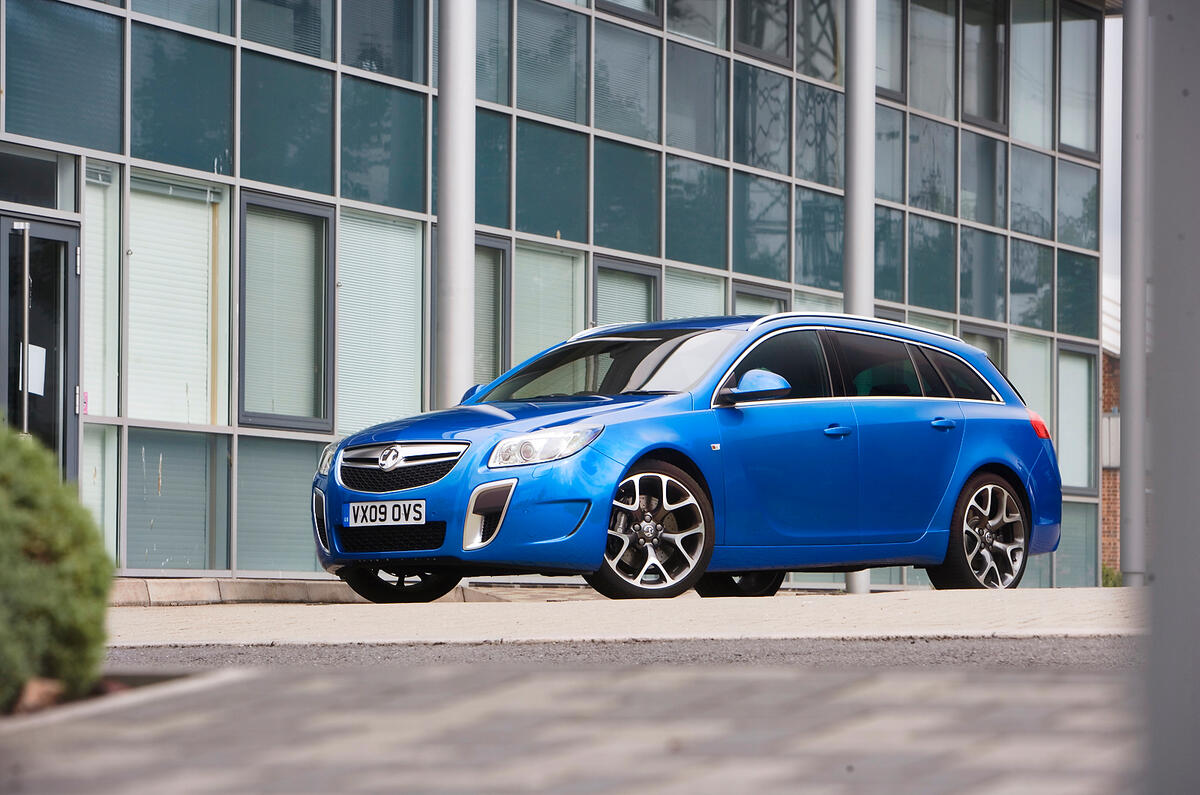The Vauxhall VXR brand is still in its relative infancy, but the Insignia VXR marks a milestone: the launch of a direct replacement for one of its models.
The VXR version of the Insignia is a car with a proper predecessor. The Vectra VXR was a large, front-wheel-drive family car with a 2.8-litre turbocharged V6 engine.
Things are slightly different this time, though. Not only is the starting point – the Insignia – vastly more competitive than the Vectra was when it received the VXR treatment, but this version also features four-wheel drive, which is a first for the VXR brand.
Offered as a saloon, hatchback or Sports Tourer (estate), the Insignia has some of the loftiest ambitions yet for a VXR. The Astra medium hatch and Corsa supermini compete against cars of similar status, while the VXR8 GTS and Maloo are glimpses of what makes Holden so fabled in Australia.
At its price point, the Insignia is short on rivals from mainstream manufacturers such as Ford, Renault or Nissan.
The now defunct Volkswagen Passat R36 aside, the Insignia VXR’s closest price rivals are (admittedly smaller) premium models from BMW and Mercedes-Benz. That’s a tall order.
used Vauxhall Insignia VXR 2009-2017 cars for sale











































